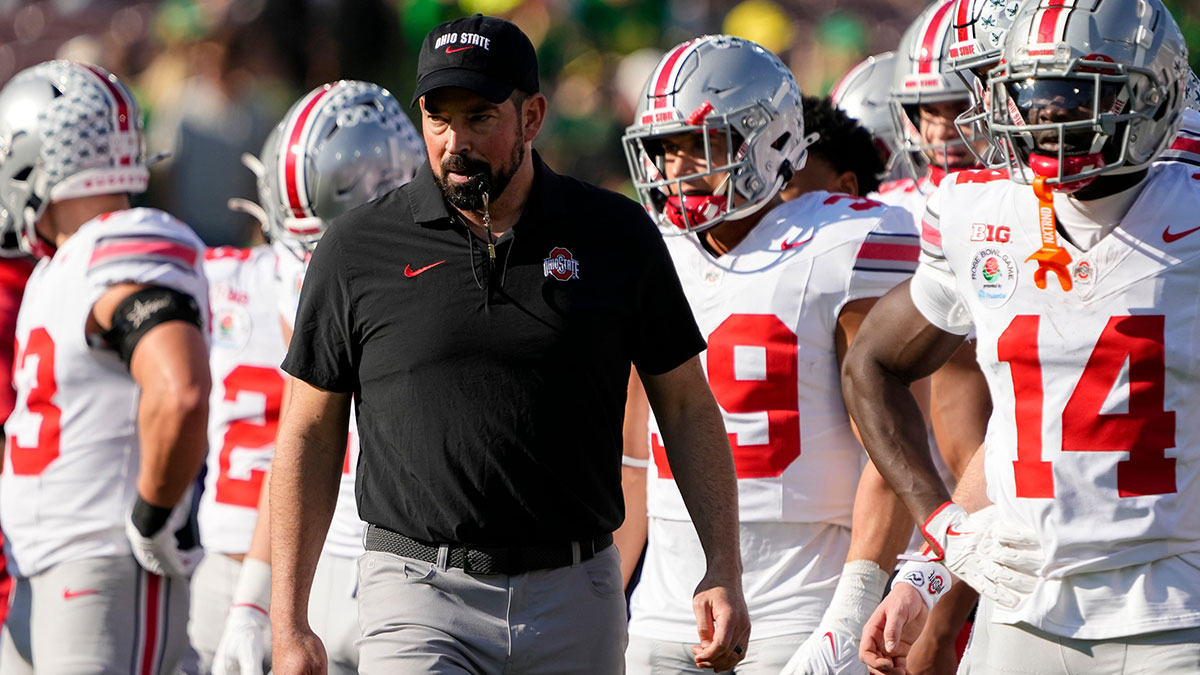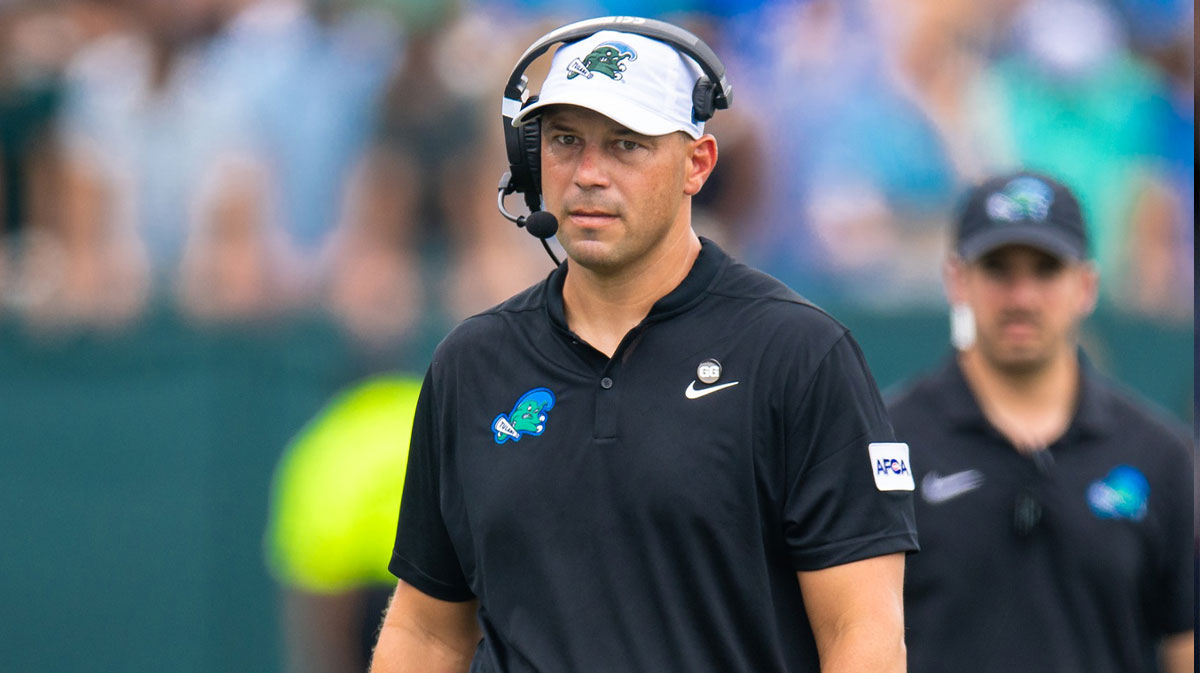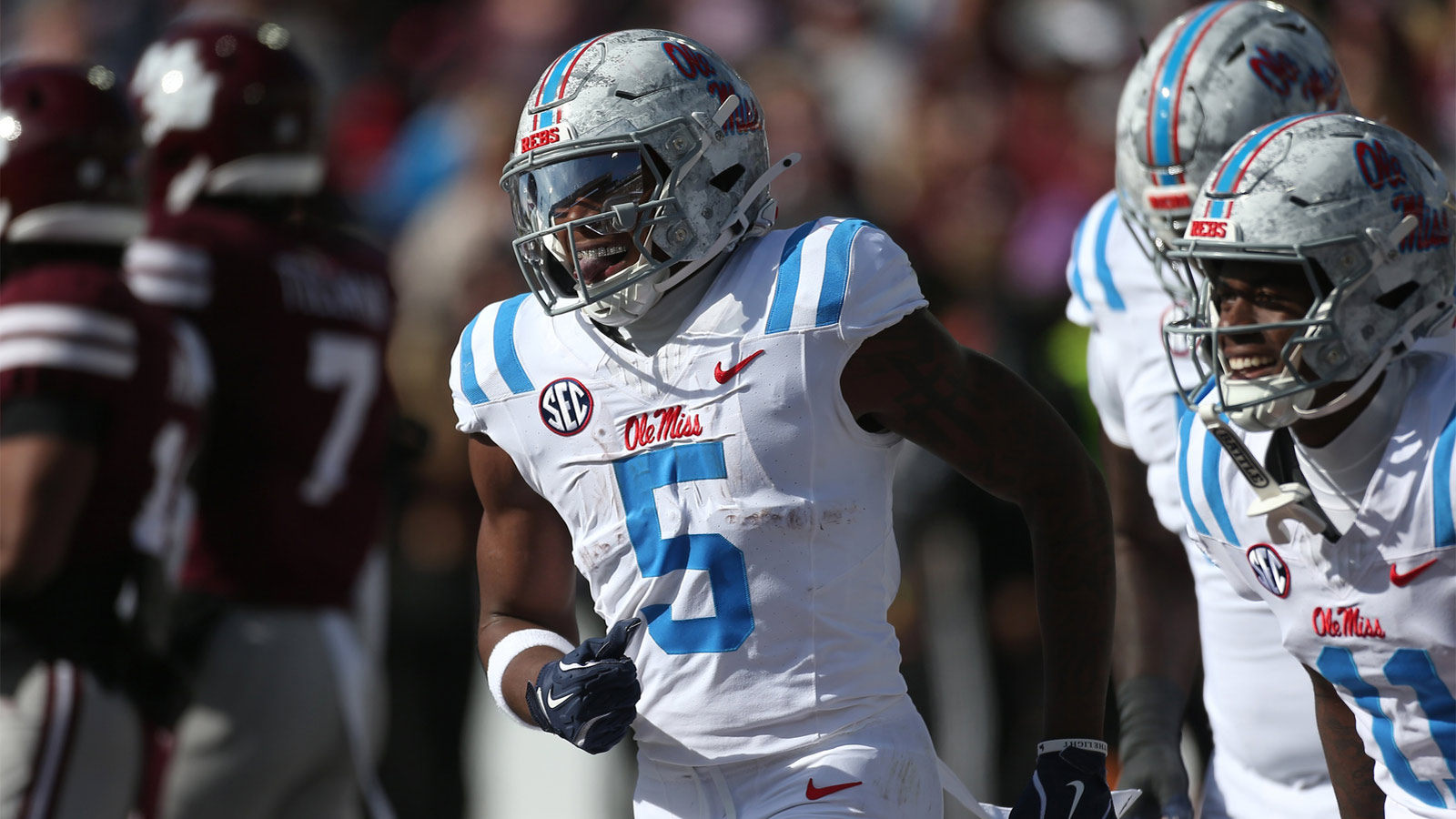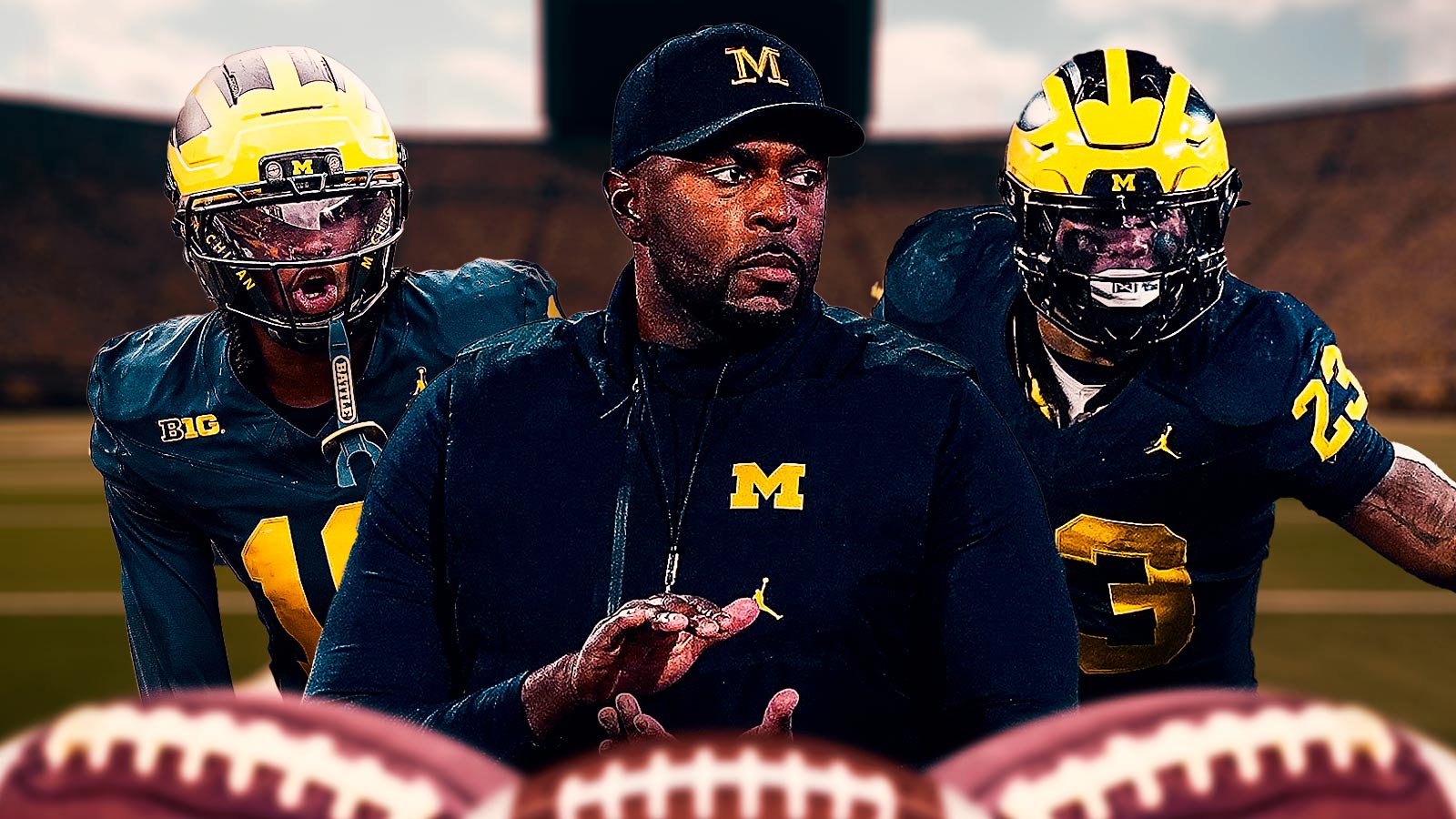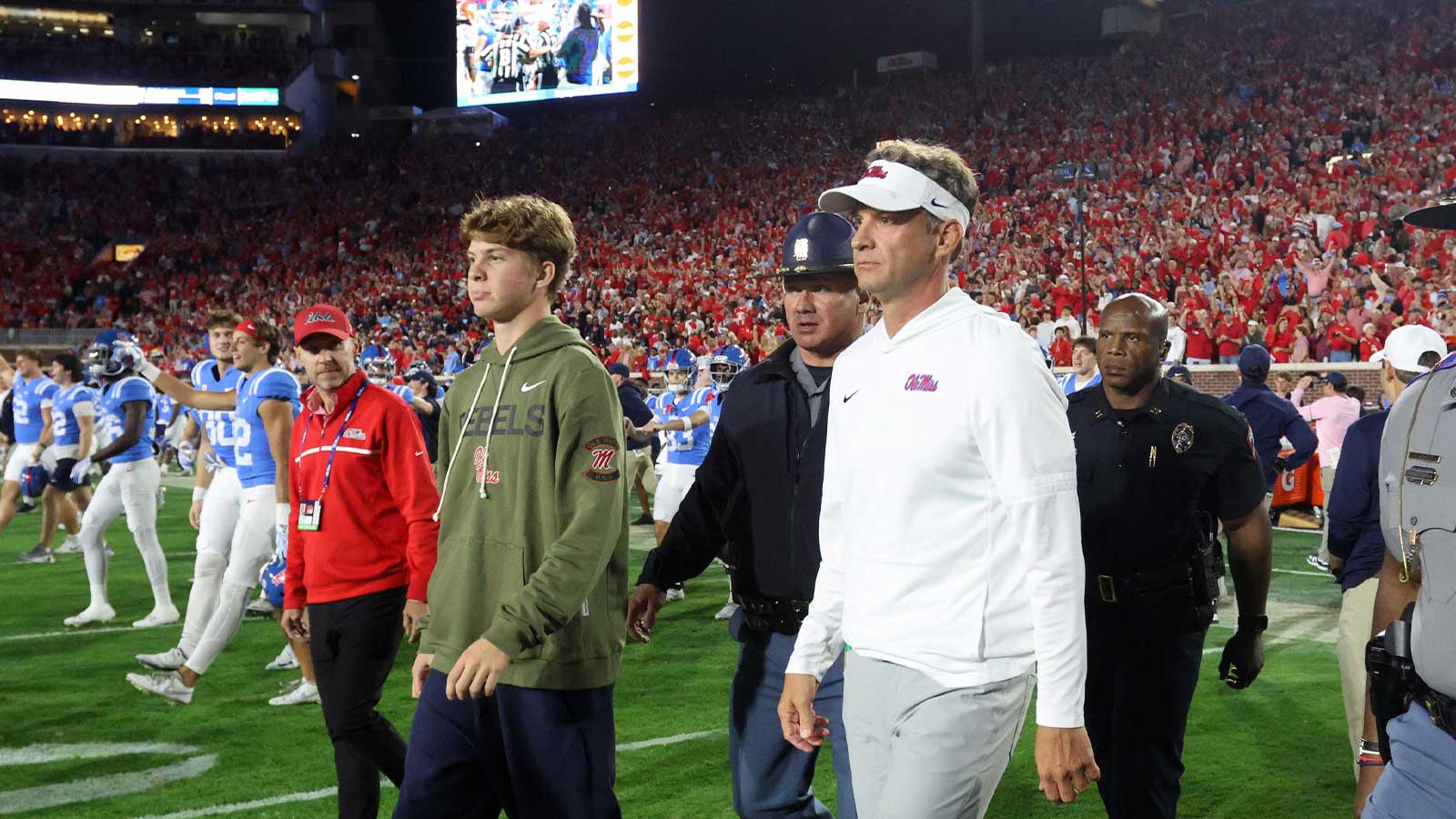The Texas Longhorns are back in the semifinals of the College Football Playoff, where they’ll face off against the Ohio State Buckeyes in the Cotton Bowl. The Longhorns fell to the Washington Huskies in last year’s four-team playoff.
For Ohio State football, this marks their first trip back to the semifinals since 2022, when they lost to the eventual national champion Georgia Bulldogs. With both teams aiming to avenge their last playoff disappointments, finding an edge will be crucial in this high-stakes matchup.
When it comes to teams from two of the top conferences in college football—the Big Ten and SEC—pinpointing weaknesses isn’t easy. Both teams boast extremely talented rosters and have the stats, as well as the win-loss records, to back it up.
Although neither team captured their respective conference titles, that didn’t deter their paths to the Cotton Bowl. Both Texas and Ohio State outlasted their conference champions, who fell short and failed to make the tournament.
If you’re Ohio State, however, it might be worth studying why the Longhorns fell short in the SEC Championship against Georgia—not once, but twice this season. A glaring flaw in those games may hold the key to gaining the upper hand.
Ohio State has a distinct advantage over Texas in Cotton Bowl
Let’s face it—Ohio State is rolling right now. Since being shocked in an upset to archrival Michigan, the Buckeyes have demolished their opponents in the College Football Playoff. They’ve outscored their opponents 83-38 and beat Big Ten champion and No. 1 team in the country, Oregon, in the Rose Bowl in their most recent matchup.
The Buckeyes are already a 5.5-point favorite against the Longhorns, according to FanDuel. That’s the largest spread of the two playoff games. At this point, with the way Ohio State has begun to hit its stride, it doesn’t look like anything or anyone can touch them. Still, when it comes to a game with such high stakes against an SEC team like Texas, identifying the team’s fatal flaw could be paramount.
When it comes to finding Texas’ fatal flaw, Ohio State defensive coordinator Jim Knowles probably doesn’t have to do too much film study. If the Buckeyes want to contain the Longhorns, stopping the run will undoubtedly be part of the game plan.
Texas hasn't established the run against tougher opponents

When the Longhorns have struggled most this season, it’s been because they couldn’t establish a sustainable run game. This issue contributed to their two losses this season and nearly cost them a third loss in the Peach Bowl against Arizona State.
In their two losses to Georgia this season, the Bulldogs held Texas well under 100 rushing yards in both games and didn’t allow a rushing touchdown. The Longhorns managed just 29 and 31 rushing yards in those matchups.
That flaw nearly cost them against the Sun Devils as well when they accounted for only 30 rushing yards. They did find the end zone, but it was on a five-yard scramble by Quinn Ewers early in the fourth quarter.
Texas football started the season behind the eight ball in their running game, losing projected starter CJ Baxter to a knee injury and Christian Clark to an Achilles injury during camp. That left Texas with Tre Wisner and Jaydon Blue, who have filled in admirably but inconsistently.
Facing Ohio State will now be Texas’ next biggest test against a ranked opponent—one that could once again give them fits in establishing the run. The Buckeyes are allowing just 92.2 rushing yards per game and have given up only six rushing touchdowns this season. Seven of their opponents were held well under 100 yards rushing. Most impressively, in their last game, the Ducks were held to -23 rushing yards.
Ohio State should be able to easily expose the Longhorns in the Cotton Bowl.

